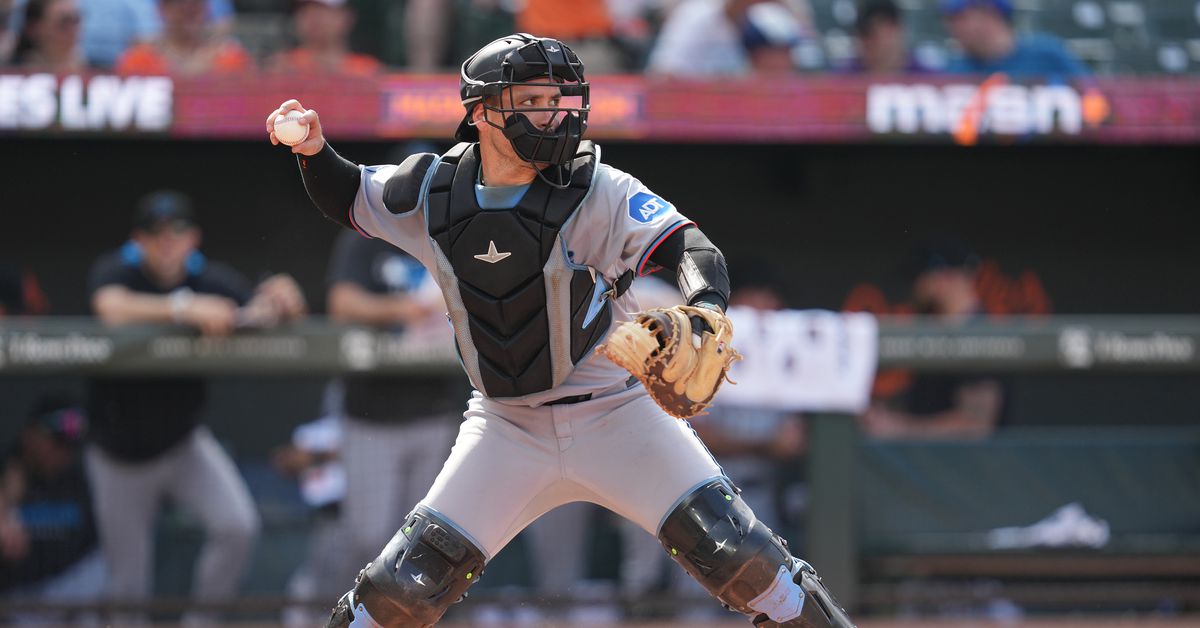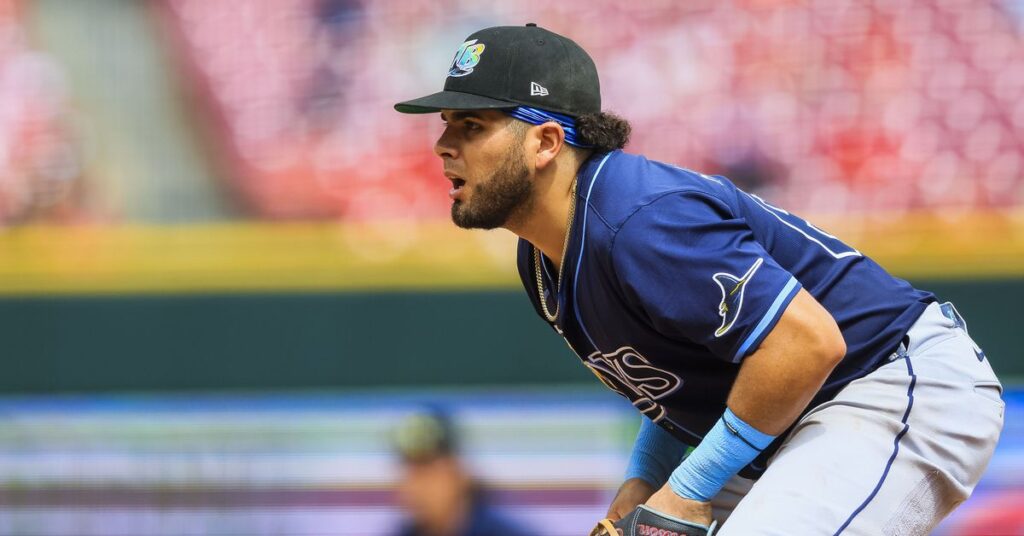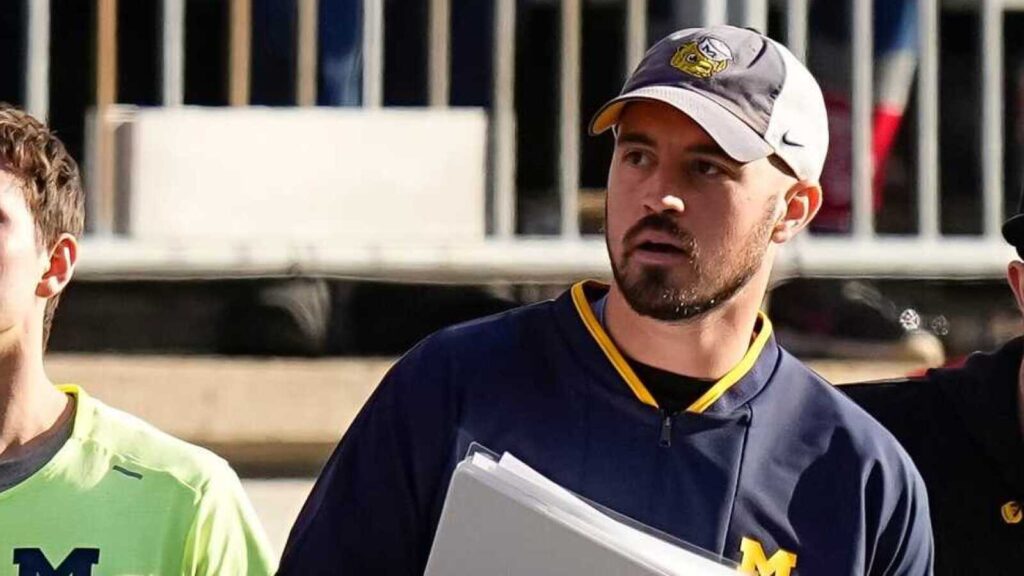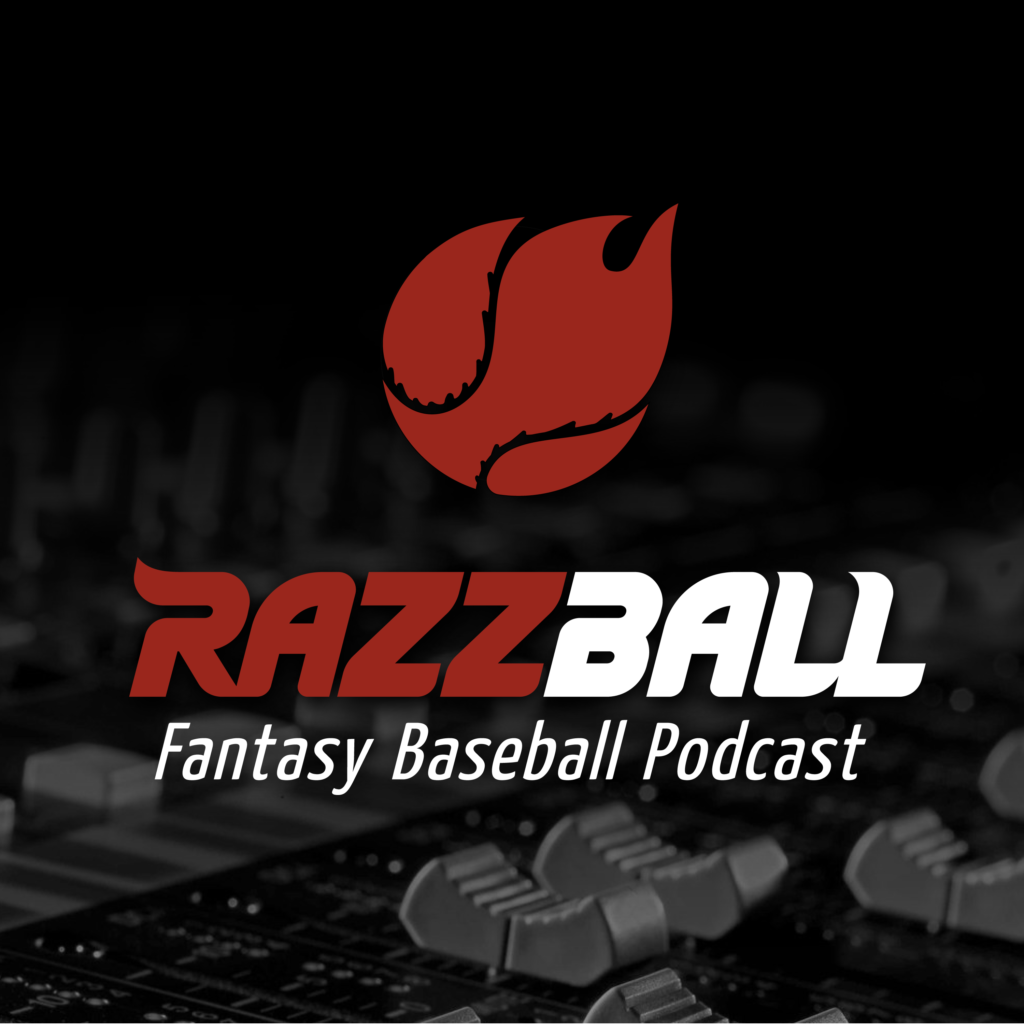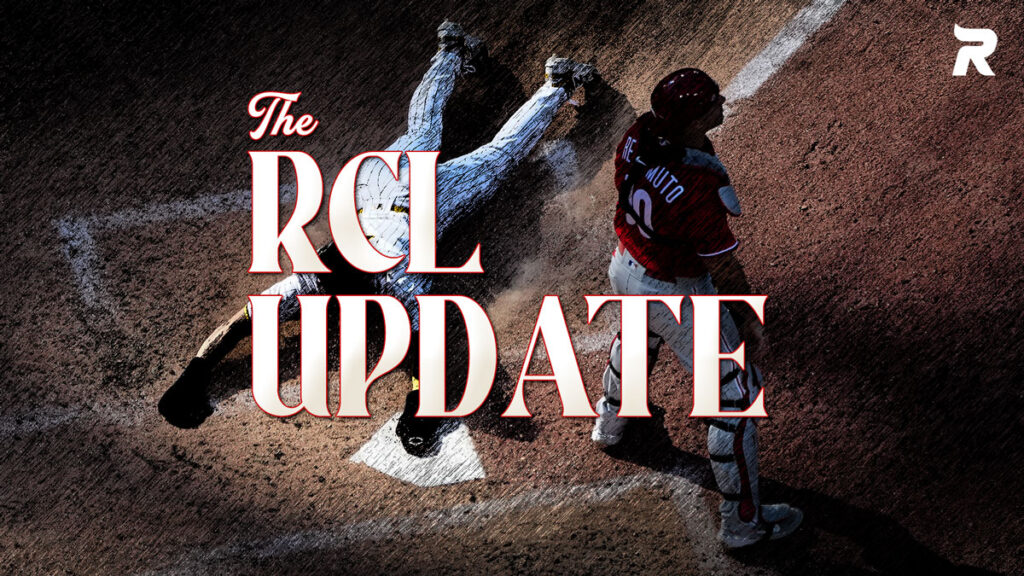No sooner did I write about the experience of being in the Miami Marlins draft war room when we took C Nick Fortes did the Tampa Bay Rays move to acquire the former 4th Round pick from Miami. Cute coincidence or magical manifestation? I will leave it to the reader to decide.
Let’s dig into the details of this newly acquired Ray:
Fortes the Defender
I had the pleasure of getting to know Nick while he was coming up through the minor league system with the Marlins. From day 1, when he was merely a magnet on the draft board, he popped in our analytical models for his above average framing ability. In his MLB career so far, he has amassed 12.3 Framing runs, according to Statcast, which prorates to being firmly above average:
His framing and contact ability made Fortes an analytics darling pretty early on. But our Player Dev team had a lot of doubts about Fortes sticking at catcher because his arm was weak and his throwing game was lacking. They made the challenge clear to Fortes though, and to his credit, he improved both his form and his arm strength to make himself a viable MLB catcher, but his 20% CS rate in the majors since 2021 still ranks him 29th best out of 40 catchers. And while having P Sandy Alcantara as a battery mate does not help (Sandy is extremely slow to the plate with a mediocre-at-best pickoff move), throwing has never been a strength to Fortes’ defensive game.
But it would be a mistake to think his mediocre throwing is disqualifying for the position. There is so much more value tied up in receiving (framing and blocking) than throwing. Consider the gaps between MLB catchers in 2024, where the worst full-time framer (Will Smith) was 24 runs worse than the best (Patrick Bailey):
:no_upscale()/cdn.vox-cdn.com/uploads/chorus_asset/file/26071173/Catcher_RV_Range.png)
So while preventing stolen bases is no doubt valuable, the most important element to catcher defense that we have observable data on remains pitch framing. And in that space, Fortes is good to great.
Game calling was another area of concern with Fortes during his time in the majors. To be clear, I do not have much inside intel into that space and I have always found those analyses far too subjective to invite insight. The reports from the MLB management group last year, though, suggested that Fortes made big strides in that area after the coaches challenged him to improve.
While Fortes might lag behind peers in throwing, his blocking game is among the best:
:no_upscale()/cdn.vox-cdn.com/uploads/chorus_asset/file/26071182/Catchers_2021_2025_block.png)
Blocking, often the forgotten sister to throwing, and it is valuable likely beyond just the numbers we see here. Good blockers prevent baserunners from taking an extra base, yes, and preserve double play chances, yes, but they also open up a pitcher’s repertoire. They enable pitchers to throw “dirtballs” — changeups and breaking balls in the dirt — with confidence and regularity.
We don’t really have great metrics on the value of this impact — given there’s a winding opportunity cost conversation that begins once you open Pandora’s Box of pitch sequencing. But it is undeniably better to throw all pitches in all counts and in all situations than to be syphoned into a smaller subset of pitch types or locations simply because a runner is on third.
Fortes the Hitter
While Nick’s defense is reliable, impressive, and in some areas, all-world, his offense is more… unique.
Coming up in the minors, Fortes never really hit for much power — few catchers do. But his ability to put the ball in play (just a 17% strikeout rate across 5 minor league seasons) paid dividends, especially against minor league defenses (where often future outfielders and first basemen as still playing shortstop and third base). But in the majors, his extreme contact rate has resulted in far to many pop outs and weak grounders. His 18.9% infield fly ball per fly ball rate (IFFB/FB) is top in the majors (with former Rays Danny Jensen in 4th at 18.0% in that ignominious leaderboard).
Nick swings at a fair amount of pitches (his 47% swing rate is about league average this year), but makes contact with just about all of them. His 86% Contact rate puts him in the top 10th percentile in MLB this season, and last year, that number was an astonishing 88% Contact. It’s not exactly Luis Arraez territory (96% Contact), but it’s definitely unique.
Among catchers since 2023 Fortes has the 3rd highest Contact% but the 3rd lowest BB%. He makes contact, but does not work counts. He swings excessively, possibly deliberately, at elevated fastballs. We can see this on his Fangraphs Swing% heatmap:
:no_upscale()/cdn.vox-cdn.com/uploads/chorus_asset/file/26071195/Fortes_FA_Swings.png)
This no doubt leads to his extreme pop up rate. For a guy who has the 4th best strikeout rate among catchers and a 10th percentile contact rate, he simply does not work counts. He swings early, and pitchers know it. So they pepper the upper regions of the strike zone with fastballs and get easy outs.
There is reason for optimism, though. The premier public hitting metric, according analysis I conducted with the Marlins, Baseball Prospectus’ DRC+ sees bad luck underlying Fortes’ metrics this season:
:no_upscale()/cdn.vox-cdn.com/uploads/chorus_asset/file/26071204/Fortes_Metrics.png)
While Fortes has never had a very useful platoon split (his career wRC+ against lefties is about 18 points better than vs righties, but both numbers are pretty rough), a regression towards his DRC+ and a more strict platoon role might result in offensive gains. He’s typically had a pretty balanced amount of playing time (about 33% of PA have come against LHP), though this year has tended towards a more platoon-ish balance (about 50% vs LHP). If the Rays choose to deploy him and Matt Thais in a strict platoon, I’m optimistic he could get his dreadful 76 wRC to better match his 91 DRC+.
Additionally, if the Rays coaching staff can do what I could not get the Marlins coaching staff to do — have Nick take more pitches, work longer counts, have more faith in his extreme contact ability — then he might be able to push that bottom-of-the-barrel walk rate up (and bring down that horrible pop up rate).
Much like a pitcher with good stuff, but bad command, there’s some materials to work with here in Nick. Which brings me to…
Nick the Person
He’s a quiet guy, but a hard worker. As far as I know, he has always kept to himself, done his work with professionalism, and called it a day.
I remember once during his first year in the minors, his fellow minor league catchers were loudly ribbing him after one of my presentations because they were going to go out for dinner, but he was content to take some leftovers from the kitchen and call it a night. The event stuck out to me for two reasons — one, unlike the others who were giving him a hard time, Nick made the majors. Was he more dedicated to baseball than the others? That’s hard to say, but he didn’t seem to have much life outside of it. And I think that’s a familiar hallmark for many major leaguers.
Secondly, the fact his teammates were comfortable so publicly making fun of Nick speaks a little to his approachability and humility. He was always keen to say hi when I lurked about the affiliate clubhouses and batting cages, friendly in a comfortable, introverted way.
And like all the minor leaguers before him, he faced challenges. He surpassed expectations. Despite being a 4th Round pick, he was never the team’s top catching prospect. He toiled under the shadows of more highly touted guys like defensive wizard C Will Banfield (also an extremely nice person) and power-hitting lefty C Cameron Barstad. Fortes reached the majors first in large part because of his receiving (framing + blocking), but also because he continually pushed himself to improve — his throwing, his game calling, and now, I suspect, his hitting will be under the microscope.
So while I think Nick’s best role is probably as a backup catcher, I maintain my belief in his ability to adapt and improve. And either way, I’ll be excited to see how the Rays decide to deploy him and seek to improve his game. I’m confident he’ll be ready to get better.


